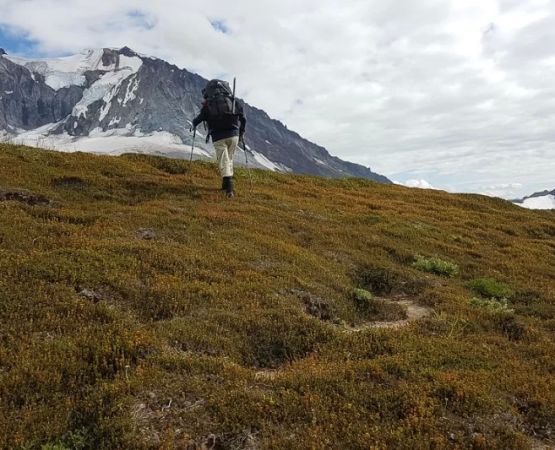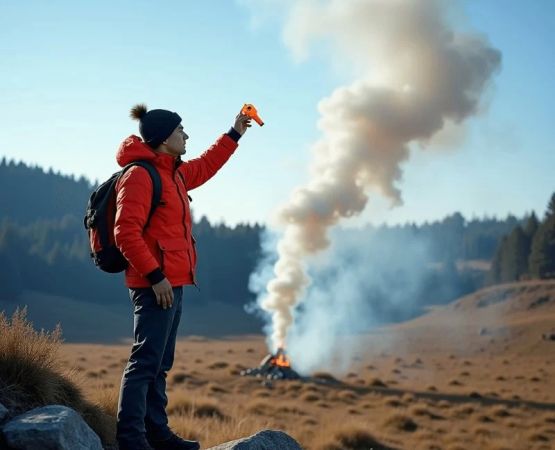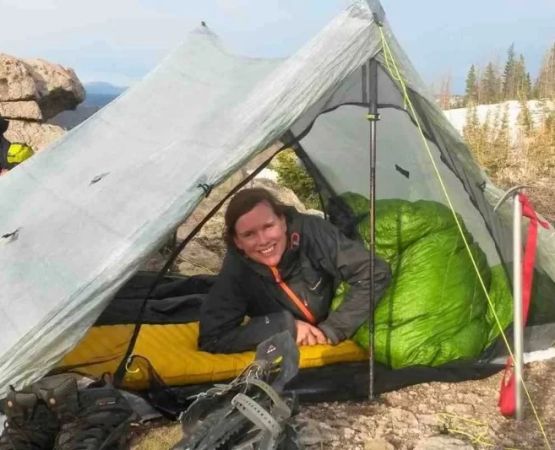- Benefits-of-camping-near-quiet-lake-shores-with-fishing-access
- Choosing-the-right-lake-and-campsite
- Essential-gear-and-preparation
- Setting-up-your-lakeside-campsite
- Fishing-access-and-techniques
- Case-study-Pine-Cliff-Resort
- Safety-and-environmental-considerations
- Planning-your-next-lakeside-trip
1. Benefits of camping near quiet lake shores with fishing access
1.1 Serenity and natural immersion
Camping near quiet lake shores with fishing access offers an unparalleled sense of peace. Unlike crowded campgrounds, these secluded spots let you fall asleep to gentle lapping waves and wake to mist rising from the water. The combination of lush forests, reflective water surfaces, and unobstructed morning light creates a restorative environment that reduces stress and deepens your connection with nature.
1.2 Recreational and nutritional rewards
Having direct fishing access means you can cast a line from your tent door, turning every trip into a potential fresh-catch feast. Fishing not only provides exercise and skill-building opportunities but also supplements your meals with healthy, protein-rich fish. This self-reliant approach to sourcing food adds excitement and satisfaction to your camping experience.
2. Choosing the right lake and campsite
2.1 Researching lake characteristics
Not all lakes are created equal. When targeting camping near quiet lake shores with fishing access, look for bodies of water known for minimal boat traffic, abundant fish populations, and state or private campgrounds that offer lakeside sites. Topographic maps and online forums can reveal hidden coves or peninsulas where anglers report peaceful mornings and trophy bass, trout, or walleye catches.
2.2 Evaluating campsite amenities
Some campsites provide pit toilets, fire rings, and cleared tent pads right on the shore, enhancing comfort without sacrificing solitude. Others require you to trek in with all gear in a backpack. Decide whether you prefer drive-to sites with basic facilities or true backcountry shorelines for maximum seclusion when practicing camping near quiet lake shores with fishing access.
3. Essential gear and preparation
3.1 Shelter and comfort
Choose a tent with a built-in rainfly and a vestibule for storing muddy fishing boots. A high-R-value sleeping pad and a four-season sleeping bag ensure warmth when night temperatures dip near the water. Consider a lightweight tarp or screen shelter for cooking and socializing without bugs interrupting your view of the lake.
3.2 Fishing equipment and permits
Pack multi-species rod setups, a small tackle box with varied lures, and polarized sunglasses to reduce glare on the water. Don’t forget to obtain the appropriate state fishing license and check local regulations on catch-and-release or size limits. Planning ahead prevents fines and aligns with sustainable fishing ethics.
4. Setting up your lakeside campsite
4.1 Optimizing camp layout
Position your tent 30–50 feet from the waterline to minimize flooding risk and morning dew. Set up your cooking area and food storage uphill and downwind from your sleeping area to deter wildlife. A dedicated cleaning station for fish, with biodegradable soap, keeps odors contained and respects Leave No Trace principles.
4.2 Campfire and lighting
Build your campfire on a pre-existing fire ring or rock circle, at least 15 feet from flammable vegetation. Use dead-and-down wood only, and keep a bucket of lake water nearby for safety. Solar-powered lanterns and headlamps provide hands-free light for night fishing or reading by the shore.
5. Fishing access and techniques
5.1 Shoreline strategies
Early morning and dusk are prime feeding times. Cast parallel to lily pads, submerged logs, or drop-offs where fish ambush prey. Using lightweight fluorocarbon line and soft plastics allows a natural presentation when targeting wary fish in clear, calm waters.
5.2 Launching small watercraft
If your campsite permits kayaks or float tubes, bring an inflatable kayak for expanded access to deeper structures. Always check water depth and underwater hazards before paddling, and wear a personal flotation device—even in shallow areas—when practicing camping near quiet lake shores with fishing access.
6. Case study: Pine Cliff Resort
6.1 Exclusive shoreline cabins and RV sites
Pine Cliff Resort exemplifies the ideal destination for those seeking camping near quiet lake shores with fishing access. Its secluded cabins and lakeside RV pads feature private docks, fire pits, and electric hookups. Guests rave about snagging trophy northern pike from their dock and grilling fillets under a canopy of pines.
6.2 Guest experiences
Long-time visitor Mark recounts, “I woke at dawn to mist lifting off the lake, caught a five-pound walleye, and enjoyed coffee as loons called nearby. Pine Cliff’s staff provided bait and local secret spots—best fishing and camping combo I’ve found.” First-timer Sarah appreciated the convenience of on-site tackle rentals and guided fishing clinics offered by the resort.
7. Safety and environmental considerations
7.1 Wildlife awareness
Waterfront camps attract wildlife—beavers, otters, and occasionally bears. Store food in bear-resistant containers or your vehicle, and clean fish scraps well away from camp. Maintain a respectful distance from nesting birds and avoid disrupting shoreline vegetation to protect fragile ecosystems.
7.2 Water safety and weather
Always check weather forecasts and lake advisories before your trip. Sudden storms can whip up dangerous waves. Keep life jackets on hand for all watercraft, and never fish alone in unfamiliar waters—use the buddy system to ensure help is available in case of capsizing or medical emergencies.
8. Planning your next lakeside trip
8.1 Timing and reservations
Peak season for camping near quiet lake shores with fishing access often runs from late spring to early fall. Book sites at least three months in advance—especially at coveted resorts like Pine Cliff Resort—to secure lakeside views and prime fishing spots. Off-season trips can offer solitude and lower rates but require preparation for colder nights.
8.2 Packing checklist and resources
Create a checklist that includes tent, sleeping system, fishing gear, cooking supplies, and emergency kit. Visit Pine Cliff Resort’s online portal for downloadable packing guides and personalized gear recommendations. With thorough planning and the right location, your next adventure along quiet lake shores with fishing access will be unforgettable.






